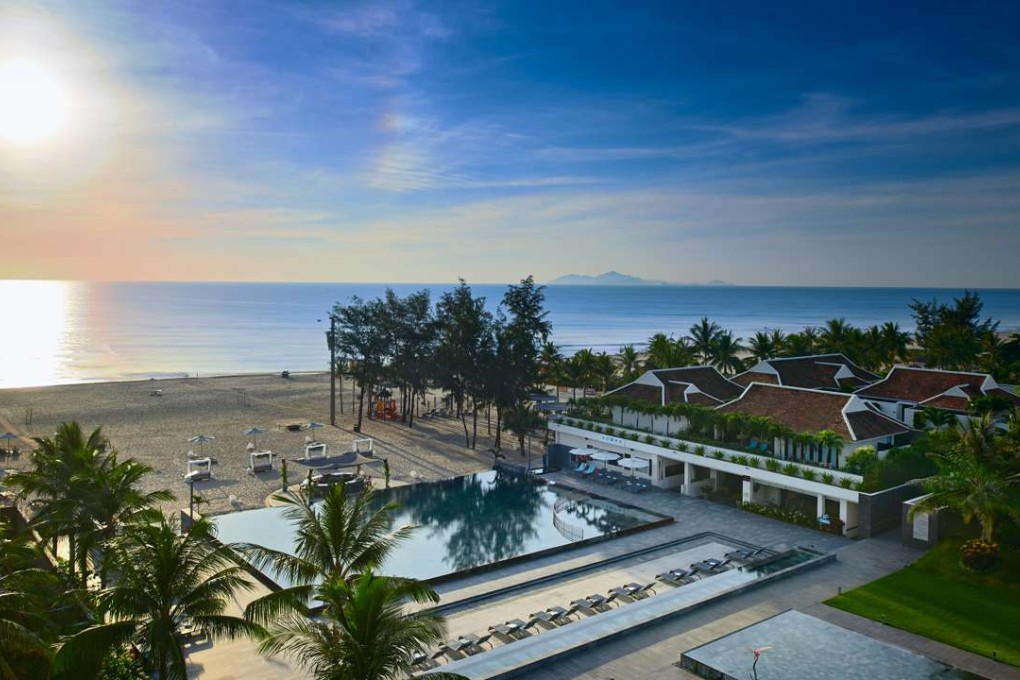Far from the madding crowd: growth in visitors to Vietnam’s remote regions benefits local hotel business
The central and northern parts of the country are hosting more travellers, thanks to better flight connections and transport links, and fantastic accommodation, scenery and leisure activities

While Ho Chi Minh City, formerly Saigon, remains the top destination for many first-time visitors to Vietnam, because of its historical background and colonial architecture, an increasing number of visitors are heading to the north and central parts of the country, particularly to places such as Hanoi and Danang and their surrounding regions. This has led to a growth in the hotel business in those areas.
Hanoi in northern Vietnam has seen an increase in business and leisure travellers. According to Anthony Slewka, director of sales and marketing at Sofitel Legend Metropole Hanoi, many business travellers come to Hanoi because it is where the headquarters of most government departments are located, and is home to many world organisations, NGOs, banks, accounting firms, and key manufacturers.
The city is also a convenient transport hub for key outlying attractions in northern Vietnam such as Ha Long Bay, Ninh Binh and Sapa.
Slewka says that, with the increase in the number of visitors this year, occupancy rates at five-star hotels have grown, and hotel rates – which have dropped by some 30 per cent over the past four years – have stabilised.
Built in 1901 by French investors, the Sofitel Legend Metropole Hanoi was the first five-star hotel in Vietnam, and is the oldest. It has two distinct wings – the Metropole wing, where the rooms and public areas are kept as they were some 115 years ago; and the Opera wing, where rooms are neoclassical in design and are more modern.
The hotel’s top markets for visitors are the United States, Britain, Germany, France and Australia.
